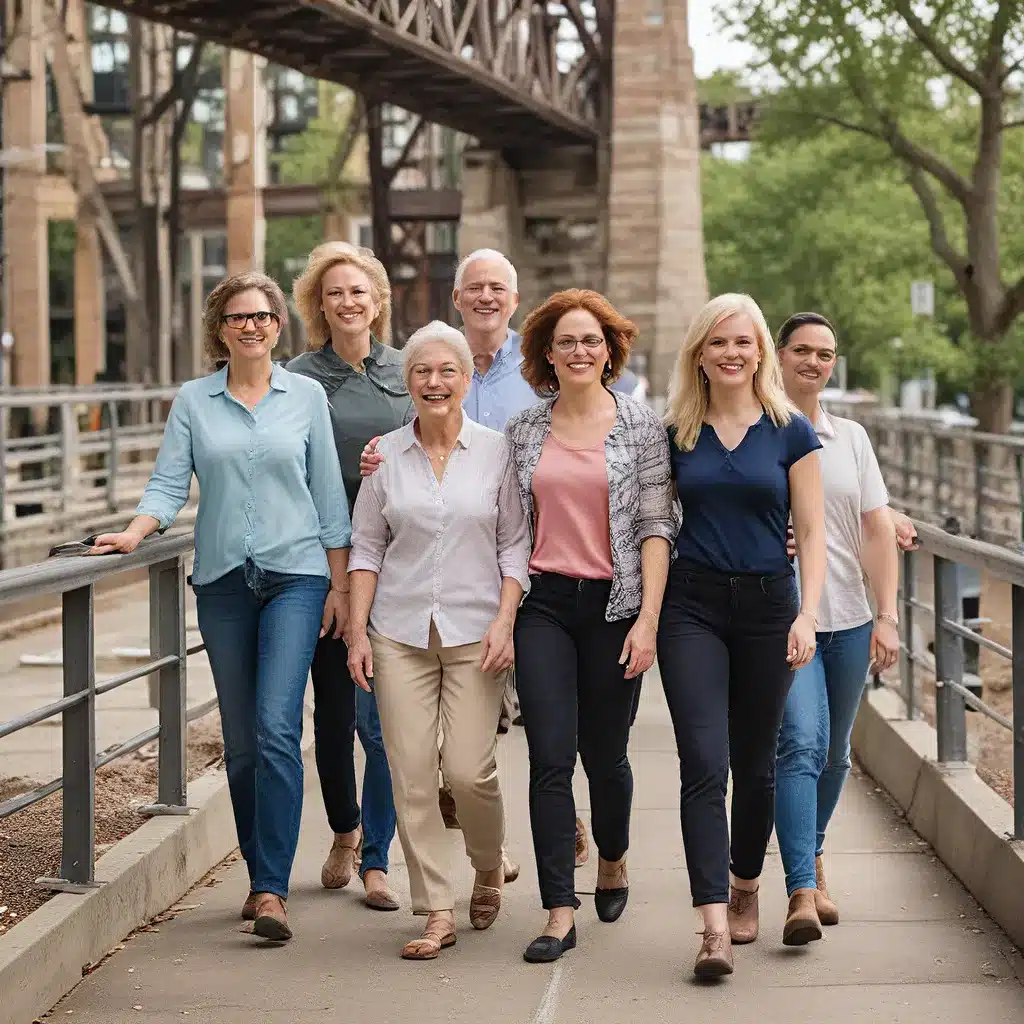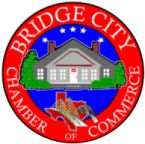
Bridging the Generational Gap: Insights into Bridge City’s Multigenerational Workforce
As I stroll through the bustling streets of Bridge City, I can’t help but notice the diversity that surrounds me. From the seasoned Baby Boomers sipping their morning coffee at the local café to the tech-savvy Millennials typing away on their laptops at the coworking space, this city is a melting pot of different generations, each with their own unique perspectives and work styles.
Navigating the Generational Divide
You see, Bridge City’s workforce is a tapestry woven with threads of various age groups, and while this diversity can be a strength, it can also present some unique challenges. Just the other day, I overheard a heated discussion between a Gen X manager and her Millennial team members. The manager, accustomed to a more formal, hierarchical approach, seemed baffled by her younger employees’ preference for open communication and flexible work arrangements.
“Back in my day, we just did what the boss said and didn’t ask questions,” she huffed, her arms crossed tightly across her chest. The Millennials, on the other hand, seemed equally perplexed by her rigid management style. “We’re not robots, you know,” one of them retorted. “We have ideas to contribute, and we want to feel empowered, not micromanaged.”
The Changing Landscape of Work
It’s no secret that the modern workplace is undergoing a profound transformation. As the Baby Boomer generation gradually transitions into retirement, the reins are being passed to their younger counterparts, the Gen Xers and Millennials. And with this generational shift comes a fundamental change in the way we approach work.
Gone are the days of strict hierarchies and rigid policies. Today’s employees, especially the tech-savvy Millennials, crave a more collaborative, flexible, and purpose-driven work environment. They want to feel heard, valued, and inspired – not just clock in and clock out. And as the manager in the earlier scenario discovered, this can sometimes clash with the more traditional management styles of their older colleagues.
Bridging the Gap through Active Learning
Fortunately, there’s a solution to this generational conundrum, and it comes in the form of active learning. According to Crestcom, an innovator in leadership development, their LEADR program uses this interactive approach to help bridge the gap between generations and develop critical leadership skills.
Active learning is all about getting participants engaged in the process, rather than just passively absorbing information. Through group discussions, problem-solving exercises, and real-world simulations, employees of all ages can share their perspectives, learn from one another, and cultivate a deeper understanding of their colleagues’ work styles and values.
Breaking Down the Tech Divide
One of the key benefits of active learning is its ability to address the technological divide that often exists between older and younger workers. While Millennials may be digital natives, comfortable navigating the latest software and collaboration tools, their Gen X and Baby Boomer counterparts may not share the same level of ease and familiarity.
But in an active learning environment, these technological barriers can be broken down. By incorporating technology into the learning process in a way that’s accessible to all, employees can learn from each other, with the younger generation sharing their expertise and the older generation offering their wealth of experience.
Fostering a Culture of Continuous Learning
Beyond bridging the generational gap, active learning also plays a crucial role in cultivating a culture of continuous learning within an organization. In today’s fast-paced business landscape, the ability to adapt and continuously develop new skills is essential for staying relevant and competitive.
Here at the Bridge City Chamber of Commerce, we’ve witnessed firsthand the transformative power of active learning. By embracing this approach, local businesses have been able to create a dynamic, multigenerational workforce that thrives on collaboration, innovation, and a shared sense of purpose.
Empowering Employees, Strengthening Teams
One of the key aspects of active learning is its emphasis on teamwork and problem-solving. Through group activities and hands-on exercises, employees learn to leverage each other’s strengths and work towards common goals. This collaborative spirit helps bridge the generational divide, fostering a sense of unity and shared purpose that can be truly inspiring.
“I used to dread team meetings,” confessed one Gen X employee, “but ever since we started this active learning program, they’ve become something I actually look forward to. It’s amazing to see how everyone’s unique perspectives and experiences can come together to create these innovative solutions.”
The Power of Continuous Feedback
Another crucial element of active learning is the emphasis on continuous feedback. Rather than a one-and-done training session, the Crestcom LEADR program encourages ongoing reflection, coaching, and real-time adjustments. This allows employees to not only develop their skills but also adapt to the ever-changing demands of the workplace.
“In the past, I’d go to a leadership workshop, get a bunch of handouts, and then just kind of forget about it a few weeks later,” shared a Millennial manager. “But with the LEADR program, it’s an ongoing process. We’re constantly applying what we’ve learned, getting feedback, and fine-tuning our approach. It’s made me a much more effective leader.”
Embracing the Multigenerational Advantage
As I walk through the streets of Bridge City, I can’t help but feel a sense of optimism and excitement about the future of the local workforce. By embracing active learning and a culture of continuous development, businesses here are not only bridging the generational divide but also unlocking the tremendous potential that comes with a truly diverse and collaborative team.
Sure, navigating the different work styles, values, and communication preferences of Baby Boomers, Gen Xers, and Millennials can be a challenge. But when done right, it can also be a powerful source of competitive advantage. After all, what better way to stay ahead of the curve than by tapping into the unique strengths and perspectives of multiple generations?
So, let’s raise a glass to Bridge City’s multigenerational workforce – a tapestry of diverse threads, woven together into a vibrant and resilient fabric that’s poised to lead the way in the ever-evolving world of business.


